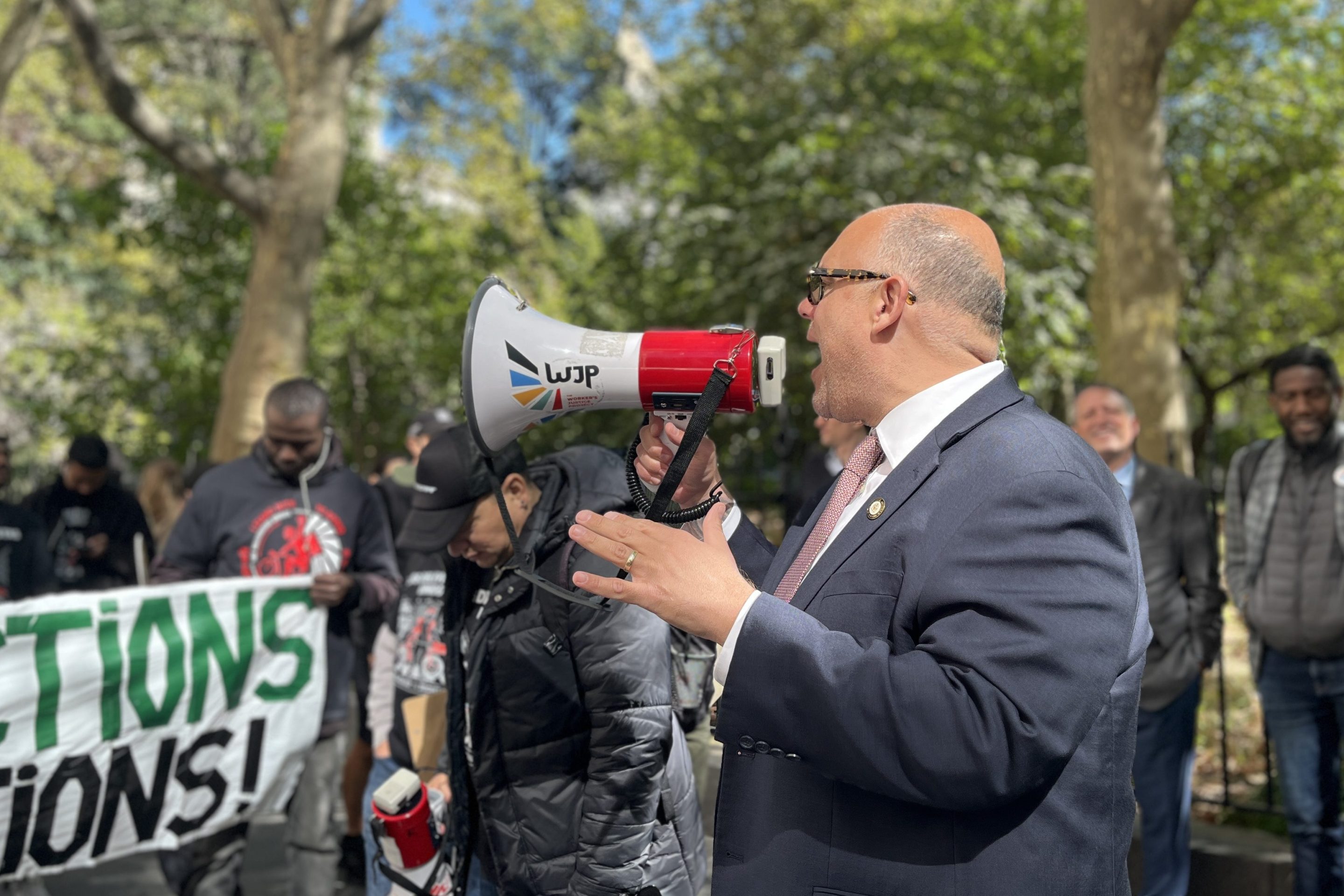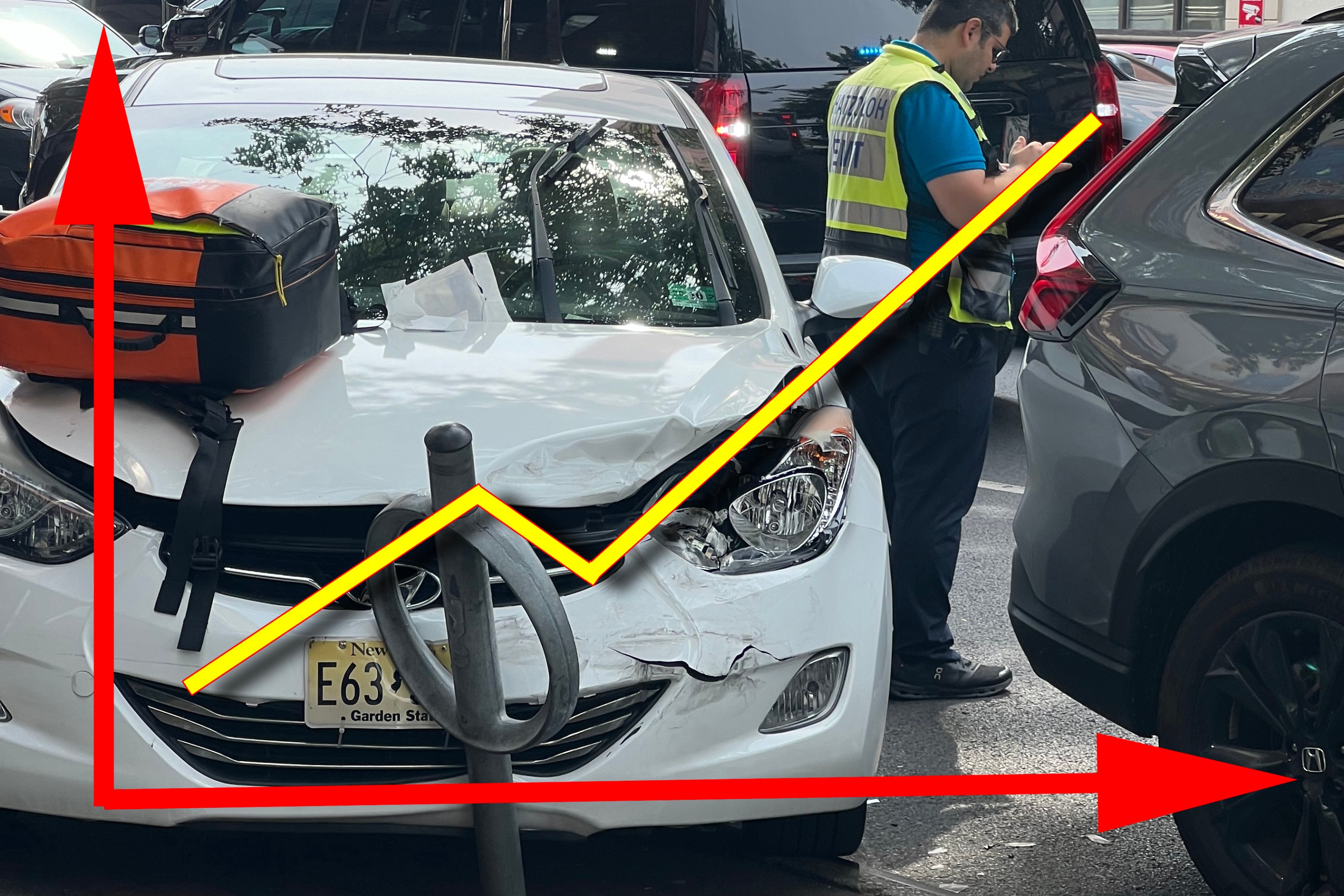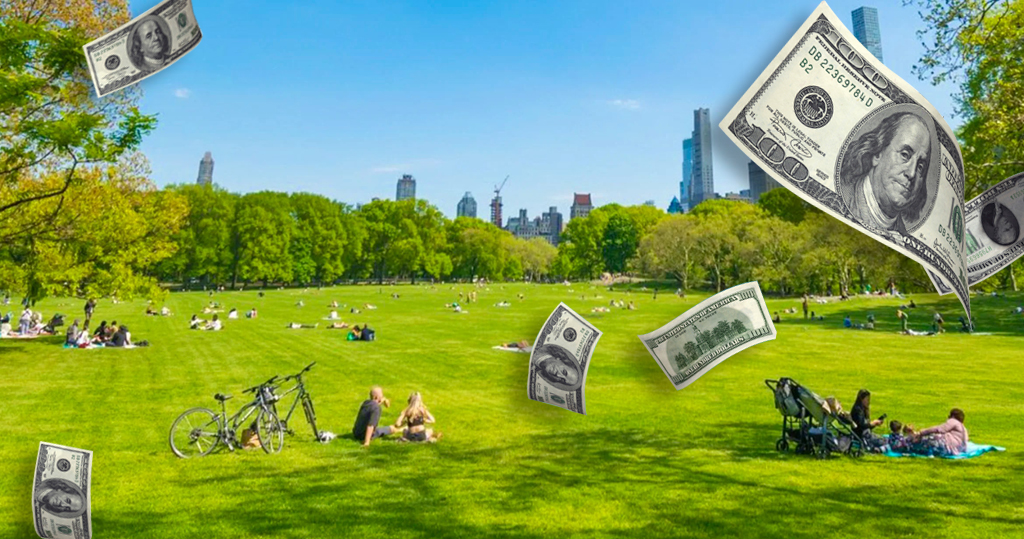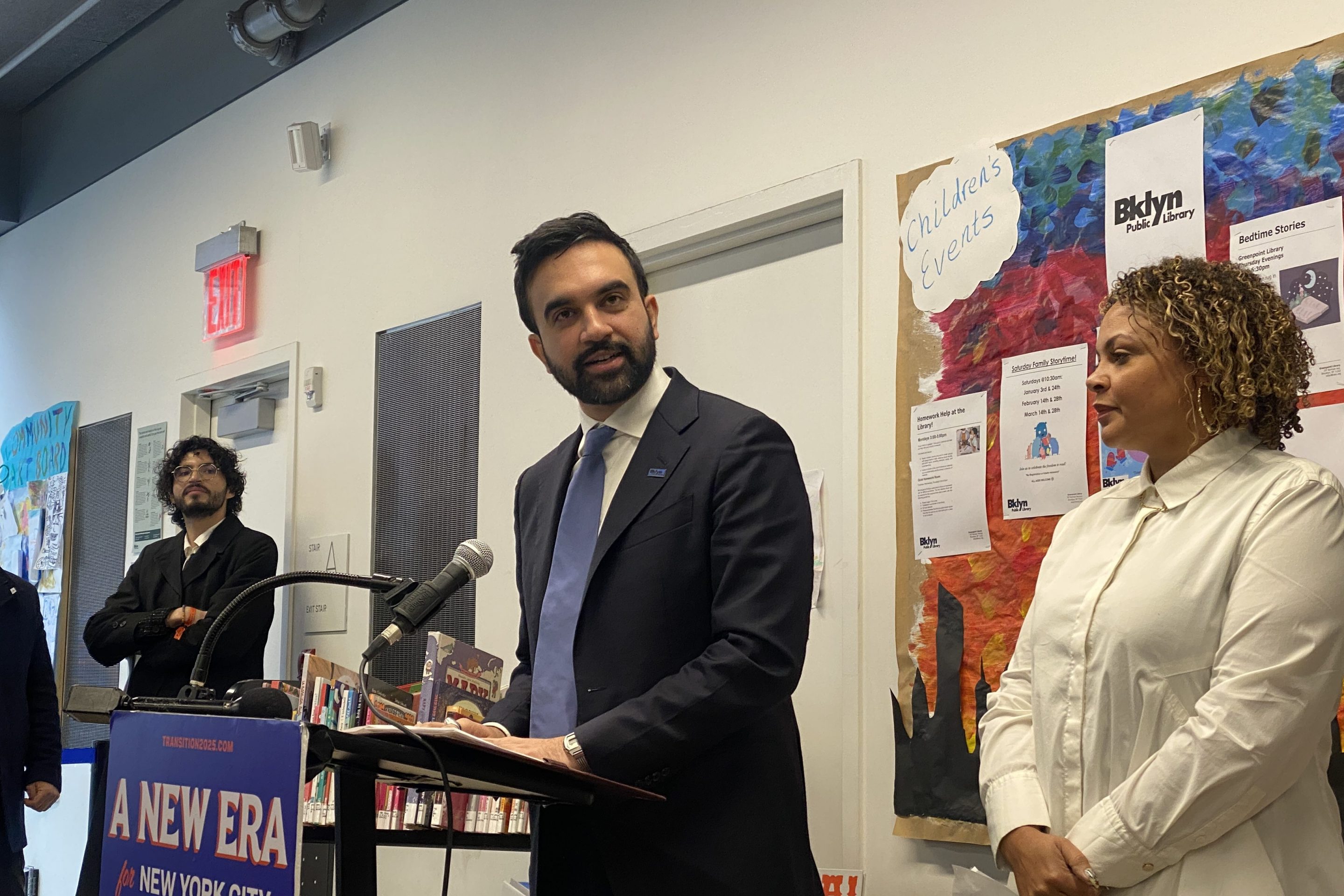Following the launch of the city's first 20 mph zone in the Claremont section of the Bronx last year, NYC DOT has selected 13 more areas to receive the "slow zone" treatment (see the full list), Mayor Michael Bloomberg and DOT Commissioner Janette Sadik-Khan announced this afternoon. DOT was inundated with applications for slow zones after the agency announced the program in November, and Sadik-Khan said more neighborhoods would be able to opt in next year.
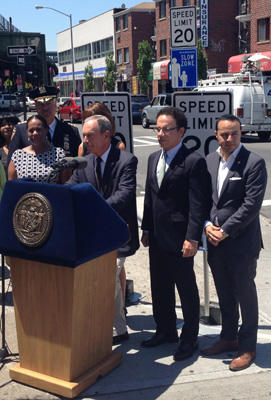
In each slow zone, the speed limit is reduced to 20 mph and low-cost safety improvements like speed humps help regulate motorist behavior. "Slow zones send a strong message to drivers that these streets are not shortcuts," said Sadik-Khan, noting that about 60 traffic deaths in the city each year are attributable to motorist speed. The safety benefits of capping vehicle speeds at 20 mph are tremendous, she said, with pedestrian survival rates at 95 percent in the event of a crash at that speed. Pedestrian survival rates at 30 mph are 60 percent, according to America Walks [PDF].
In London, where 20 mph zones are accompanied by more intensive physical traffic calming measures, researchers credit the program with preventing 27 deaths and serious injuries each year. Preliminary results in Claremont show that speeding is down at six out of seven locations with new speed humps, and maximum speeds are down about 10 percent, according to the mayor's office.
The new batch of slow zones range in size from .08 square miles to .30 square miles. Today's press event was held at the corner of 99th Street and Roosevelt Avenue in Corona, where Queens Community Board 3 approved a slow zone of .26 square miles, or about 35 city blocks. Inside the zone, DOT will add 14 speed humps, and at 13 intersections the agency will add gateway treatments announcing the lower speed limit with bright blue signs.
With more than 100 slow zone applications pouring in to DOT, there's still plenty of unmet demand for traffic-calming out there. As City Council Transportation Committee Chair James Vacca put it, "There's not a place I go in this city where people don't want speed bumps."
More slow zones will follow this first round of winners. DOT plans to re-open the application process again next year. It will be interesting to see if the selection criteria, which ruled out areas that include wide, highly-trafficked streets, change between this round and the next.
NYPD Transportation Chief James Tuller was also on hand at today's presser. When I asked him how the NYPD measures the success of its speeding enforcement, Tuller said police deploy enforcement resources to locations based on data collected by DOT. It's good to know that some sort of strategic deployment of resources is in place, but the question wasn't about how police deploy resources. Tuller sidestepped the question of how his department measures success when it comes to speed enforcement. His reply gave no indication that the NYPD is measuring the extent of speeding or gauging the effect of its enforcement efforts. And when it comes to speeding, police enforcement is scarce: Recent summons data posted online indicates that precincts issue hardly any speeding tickets on neighborhood streets.
In the absence of NYPD enforcement, speed cameras are the city's best shot at pairing safer street designs with effective enforcement. Pledging to continue to push for speed cameras, the mayor's frustation with Albany leaders was on full display, after another legislative session where state lawmakers failed to pass a bill enabling automated speed enforcement. "It never made any sense to me," Bloomberg said of Albany's power to dictate traffic enforcement policy in New York City. "We should be in charge of our own destiny."

